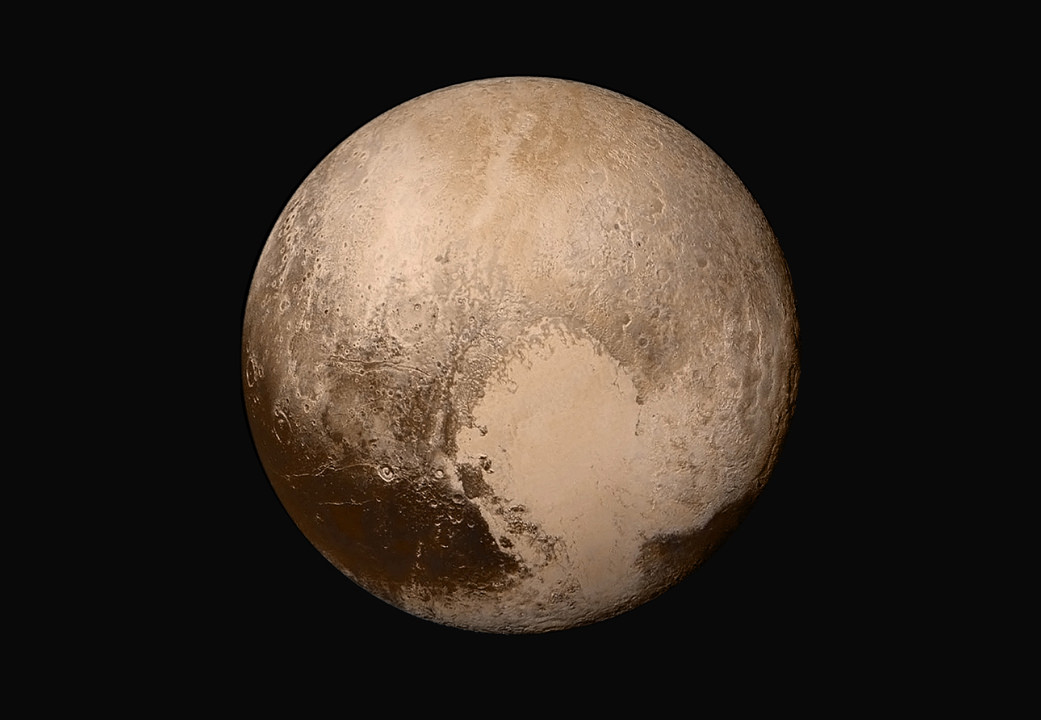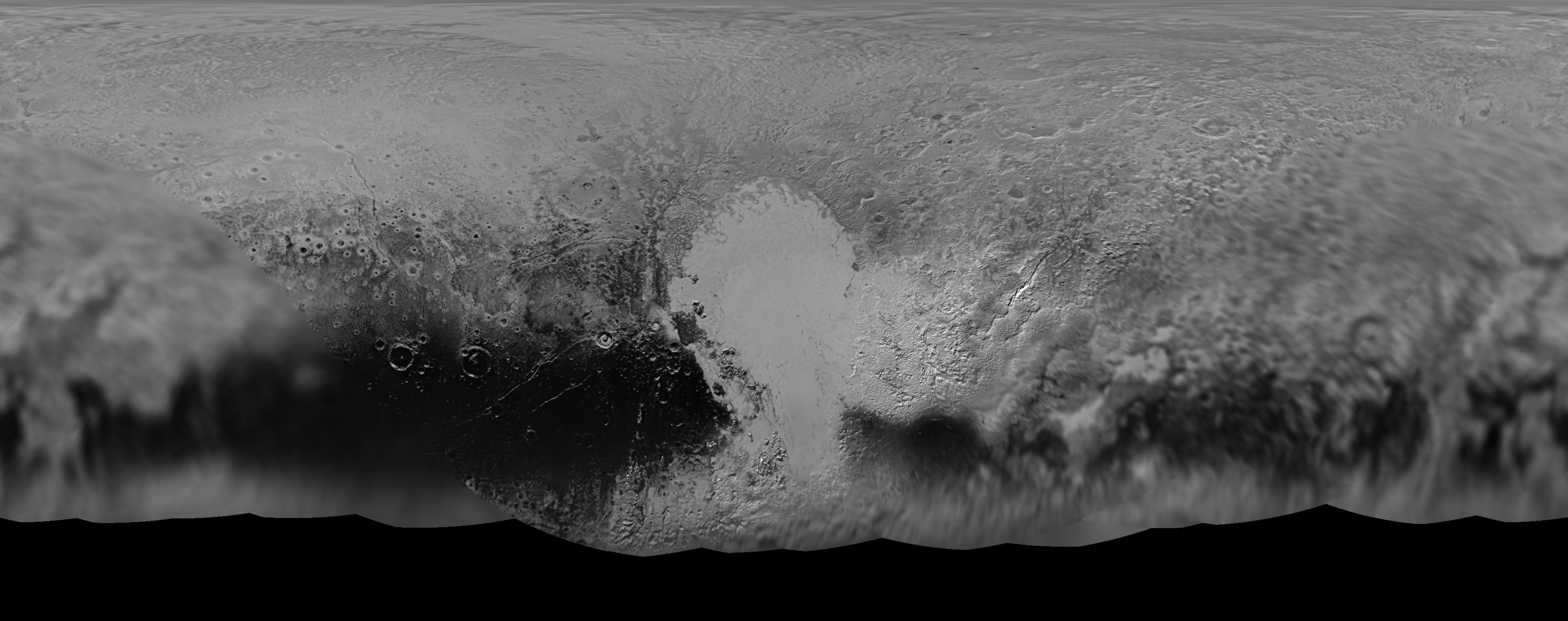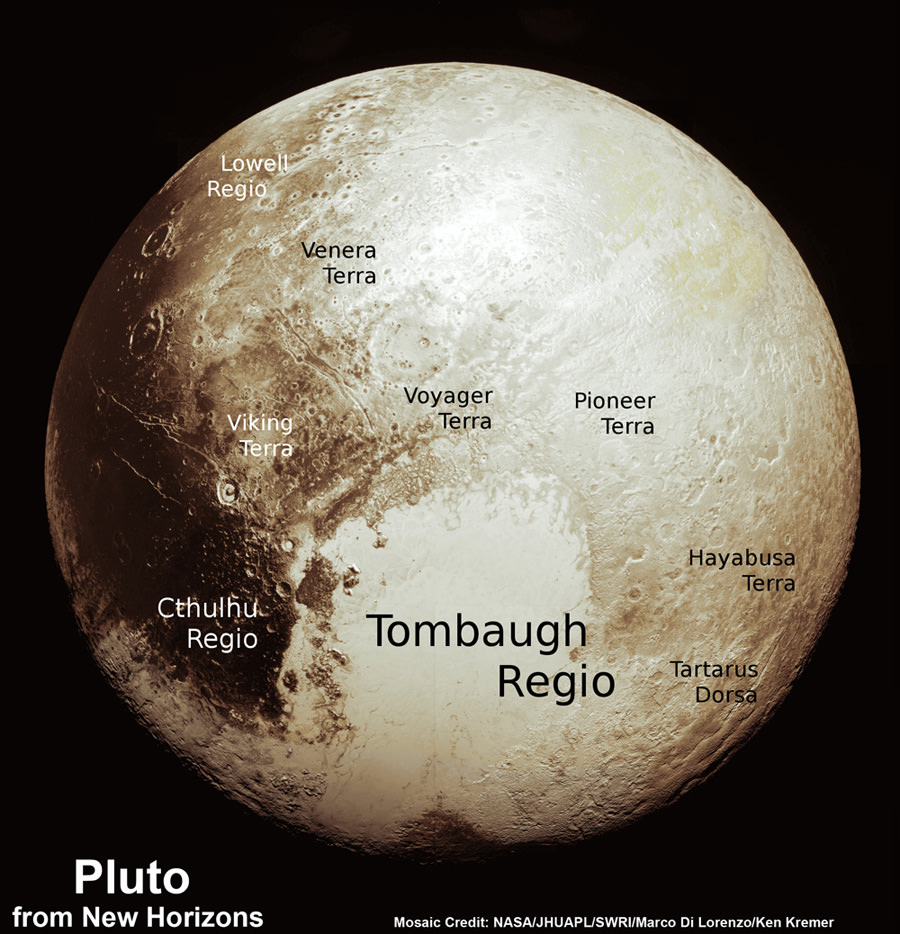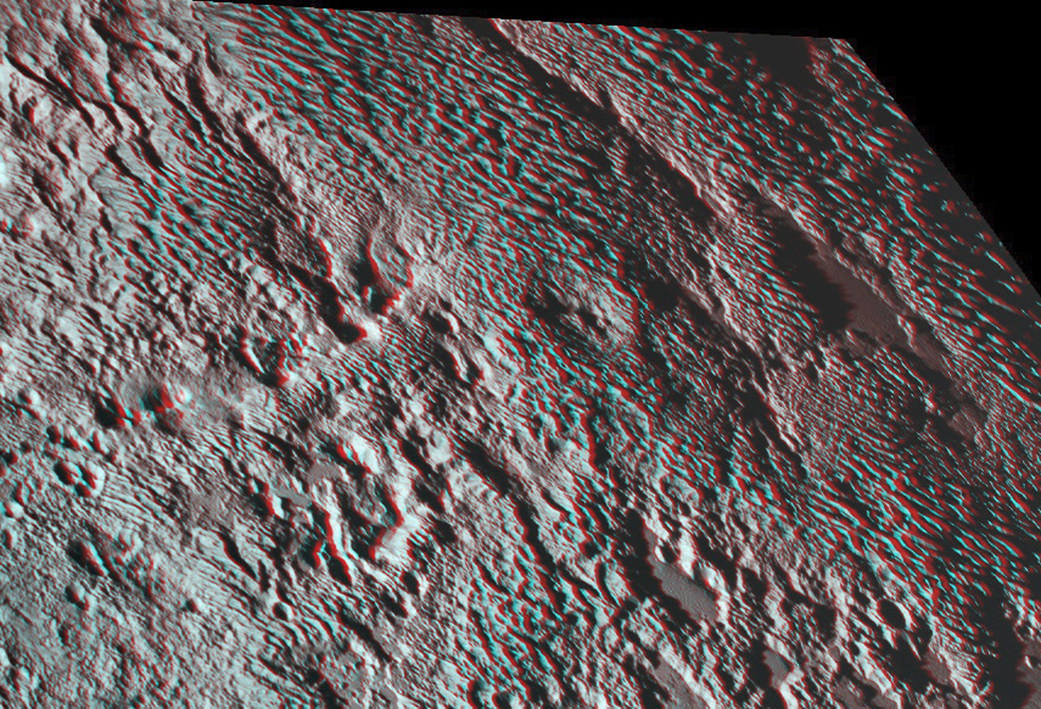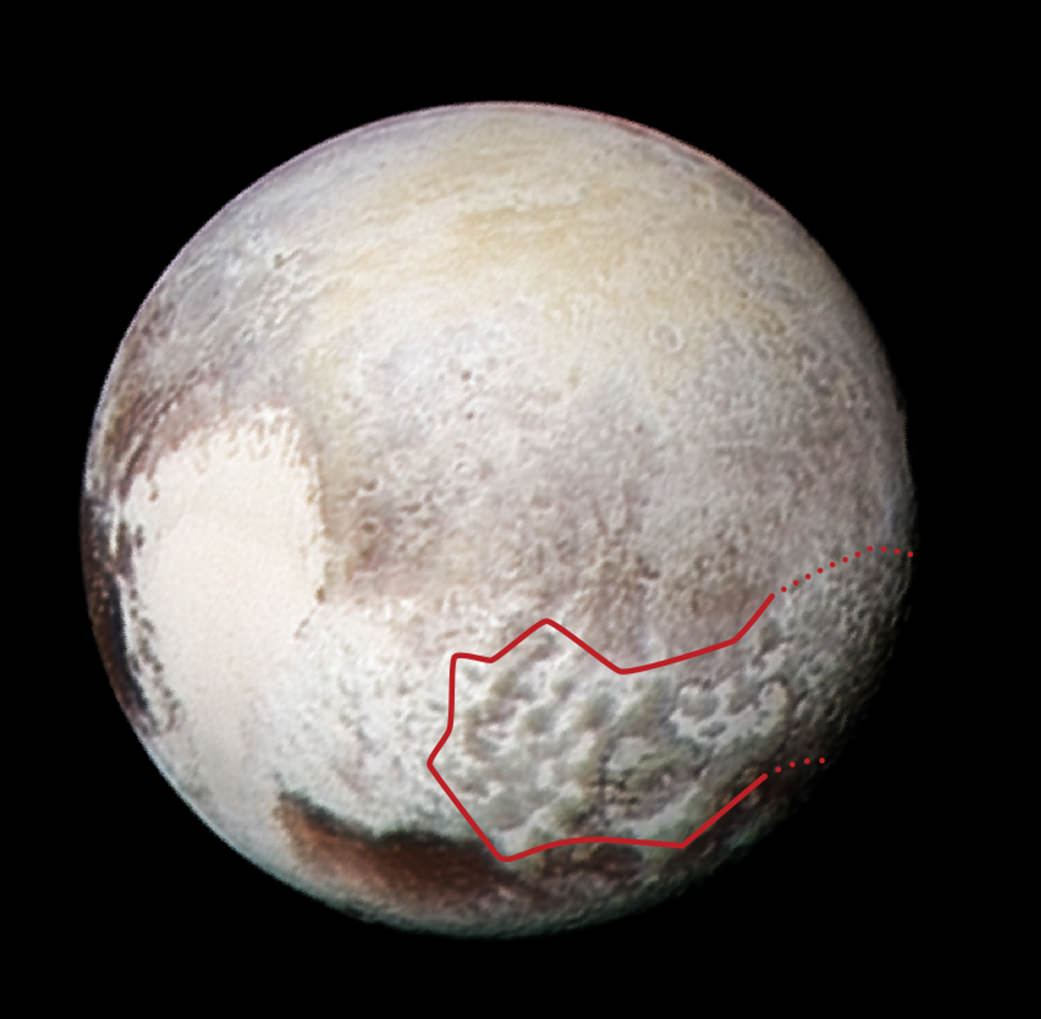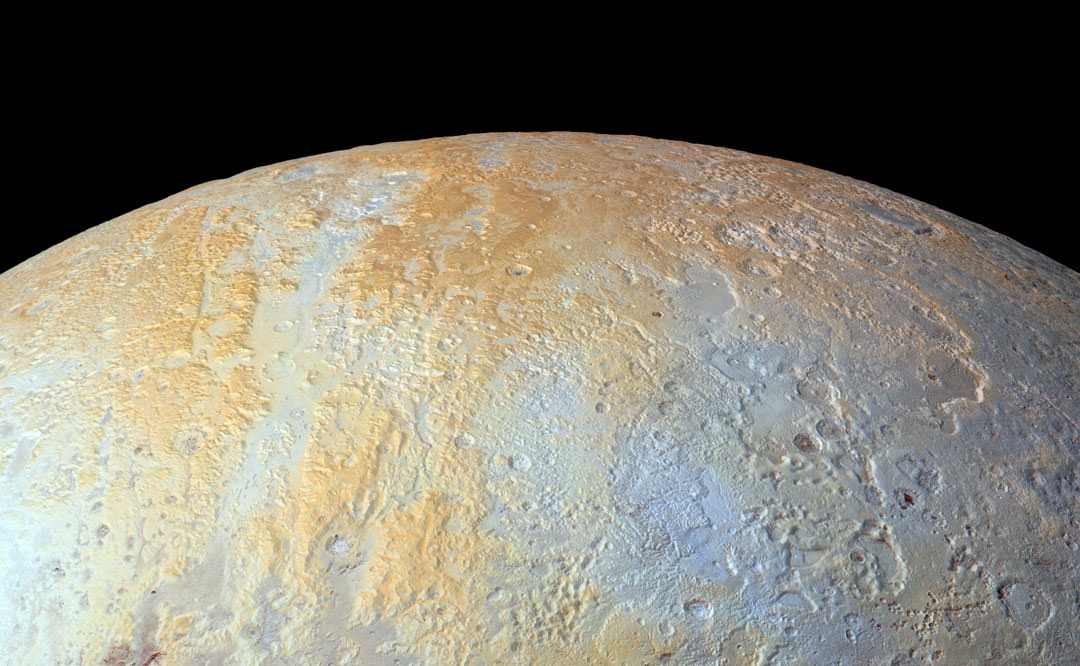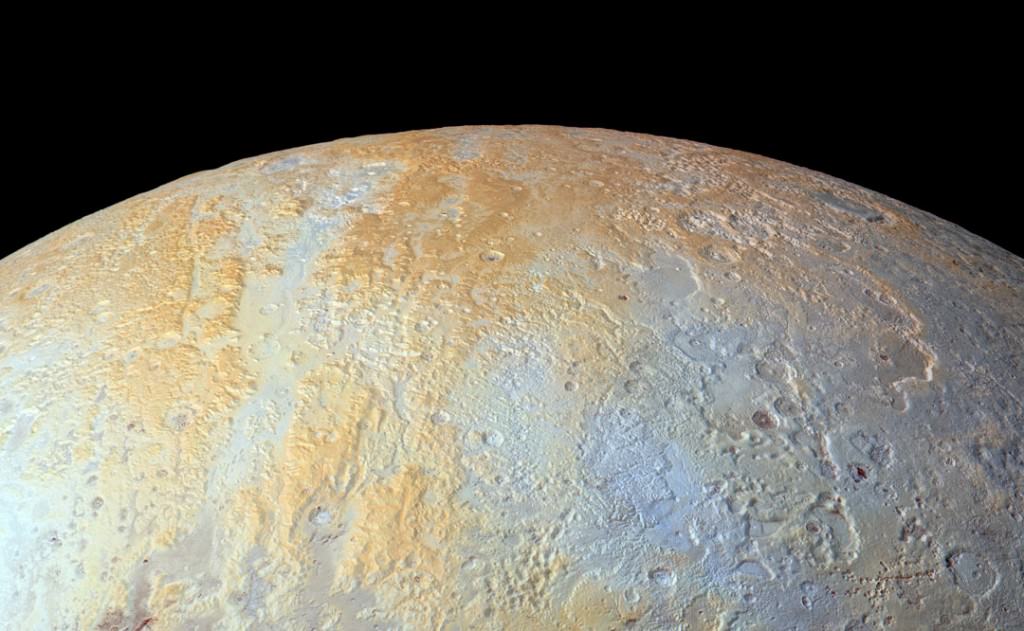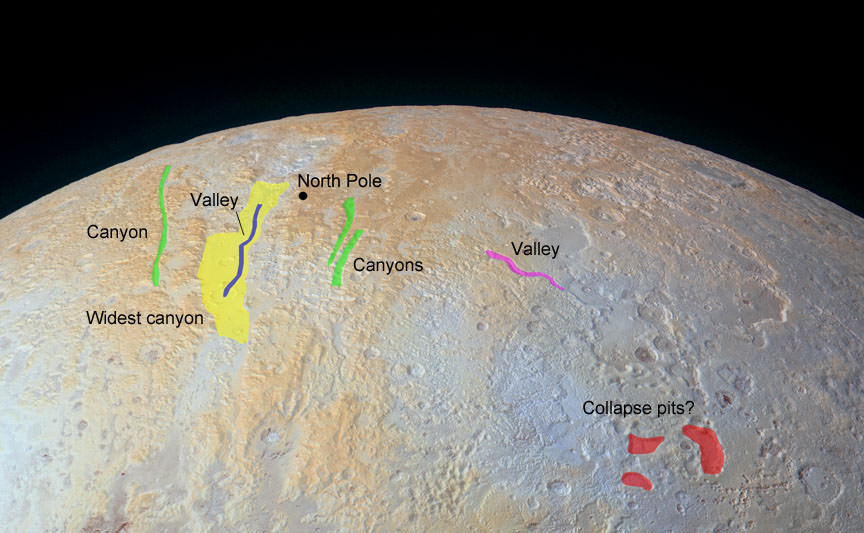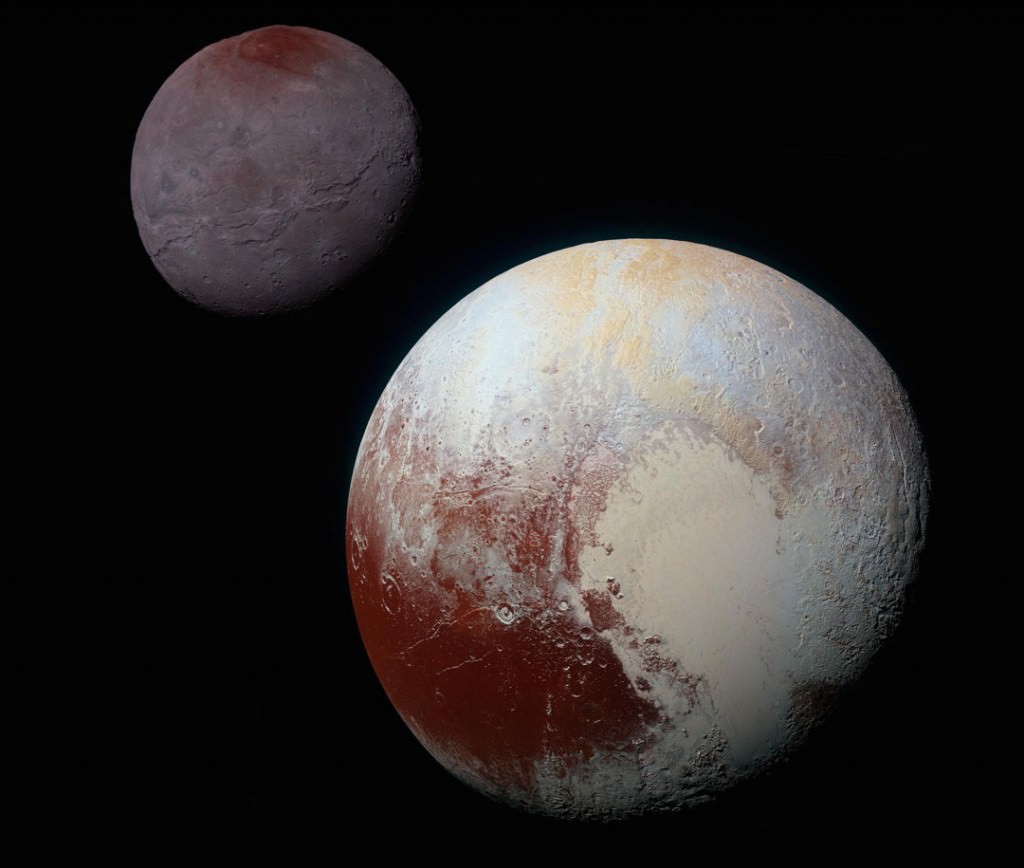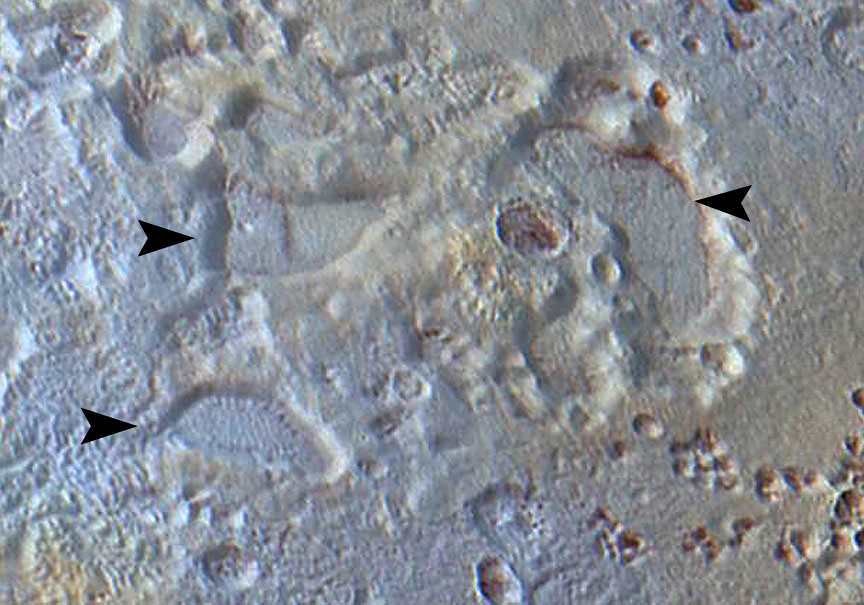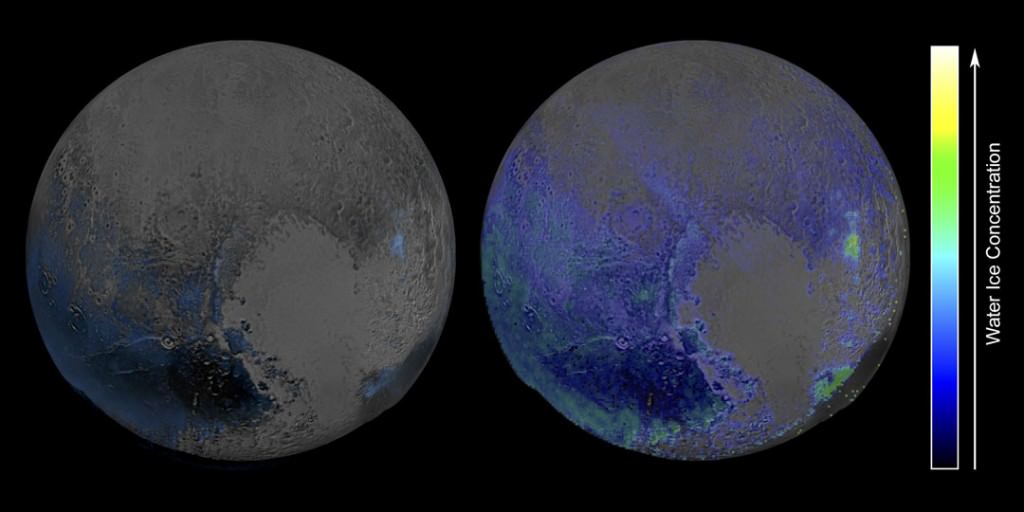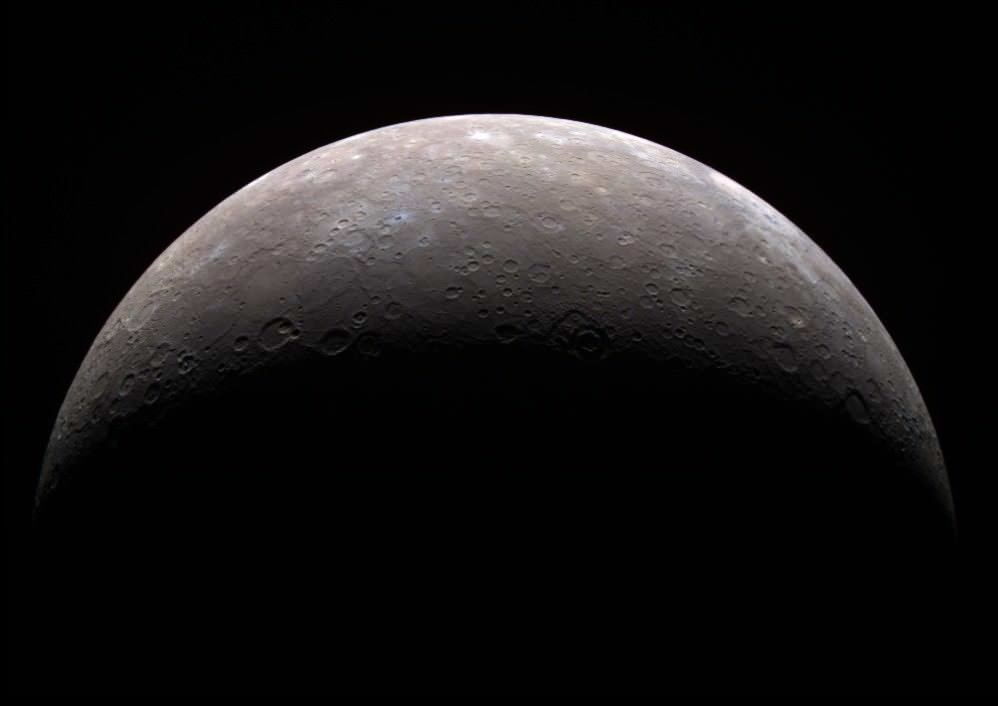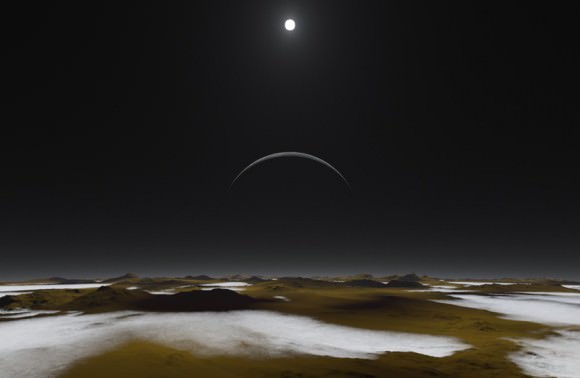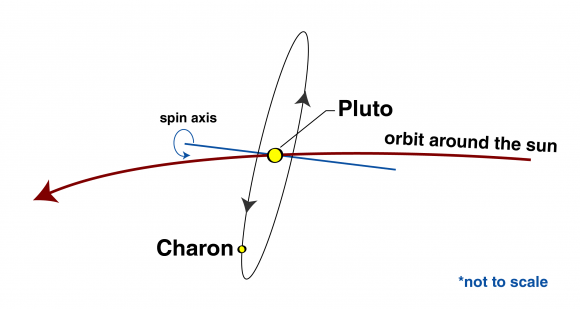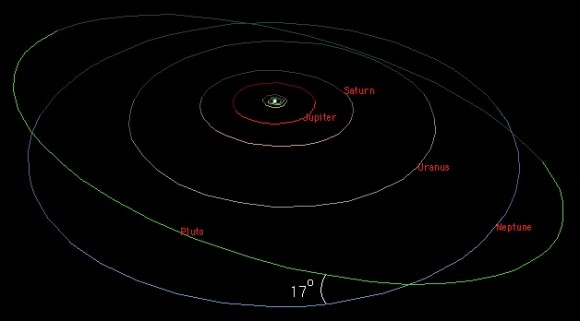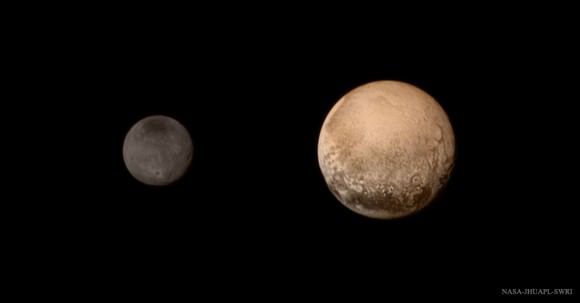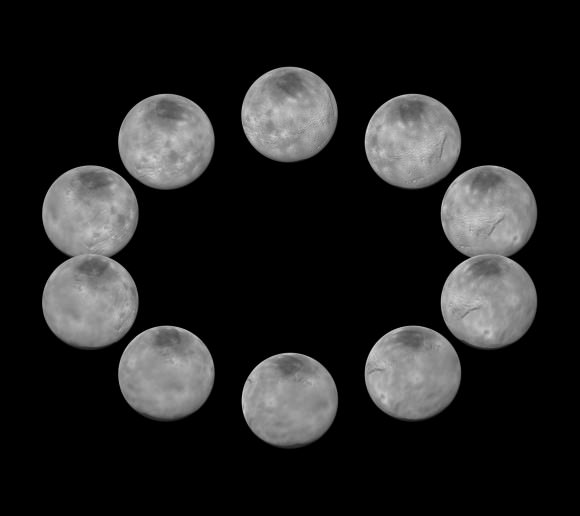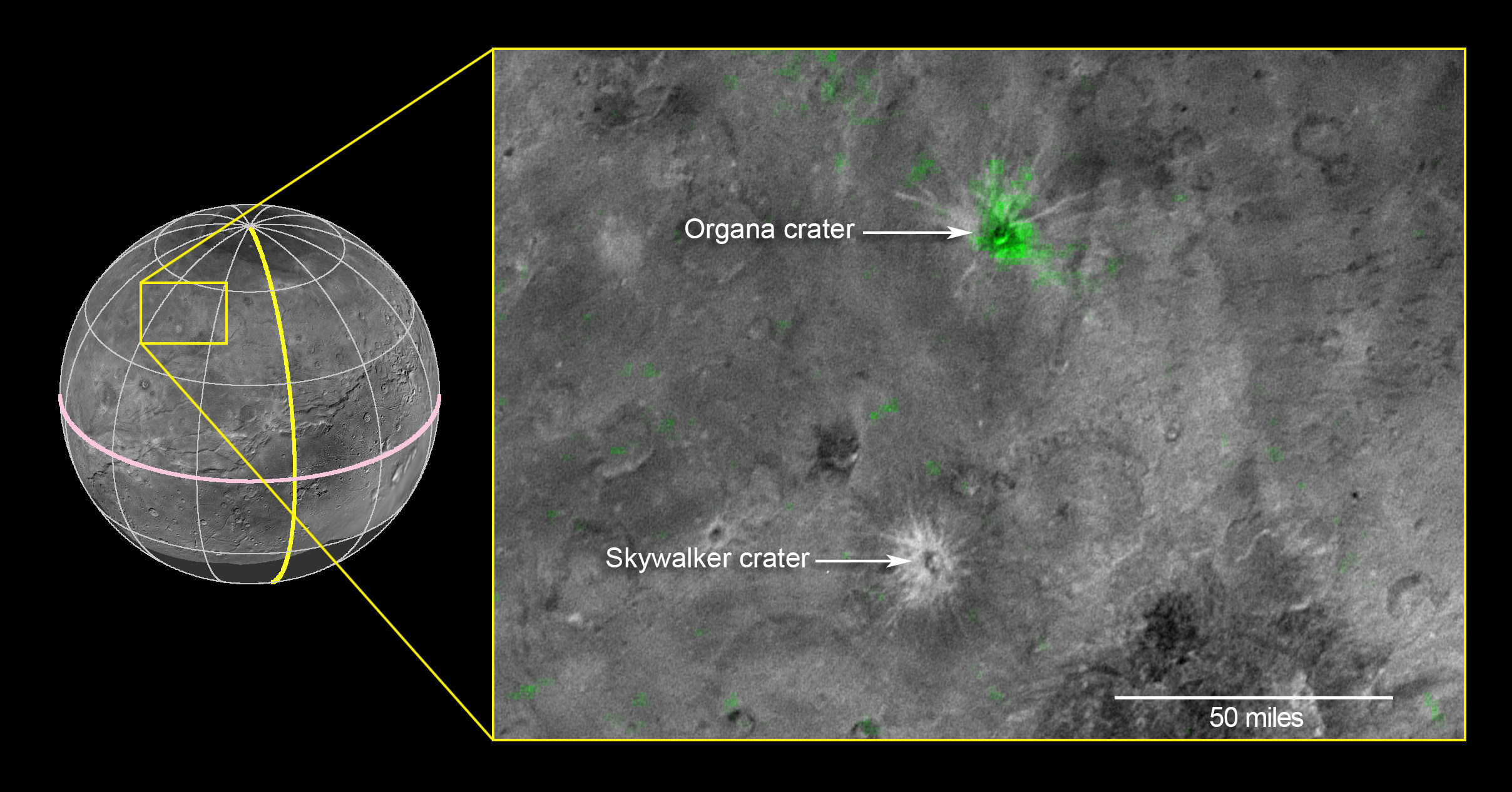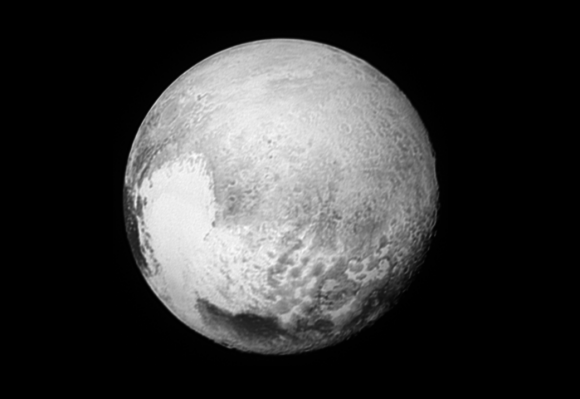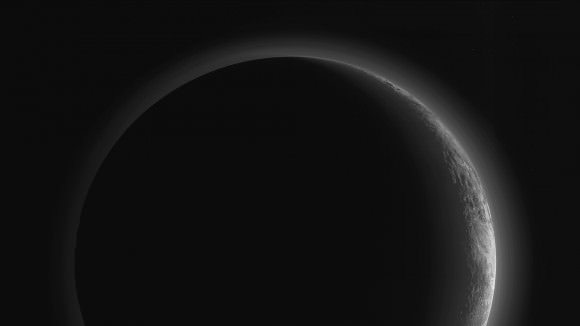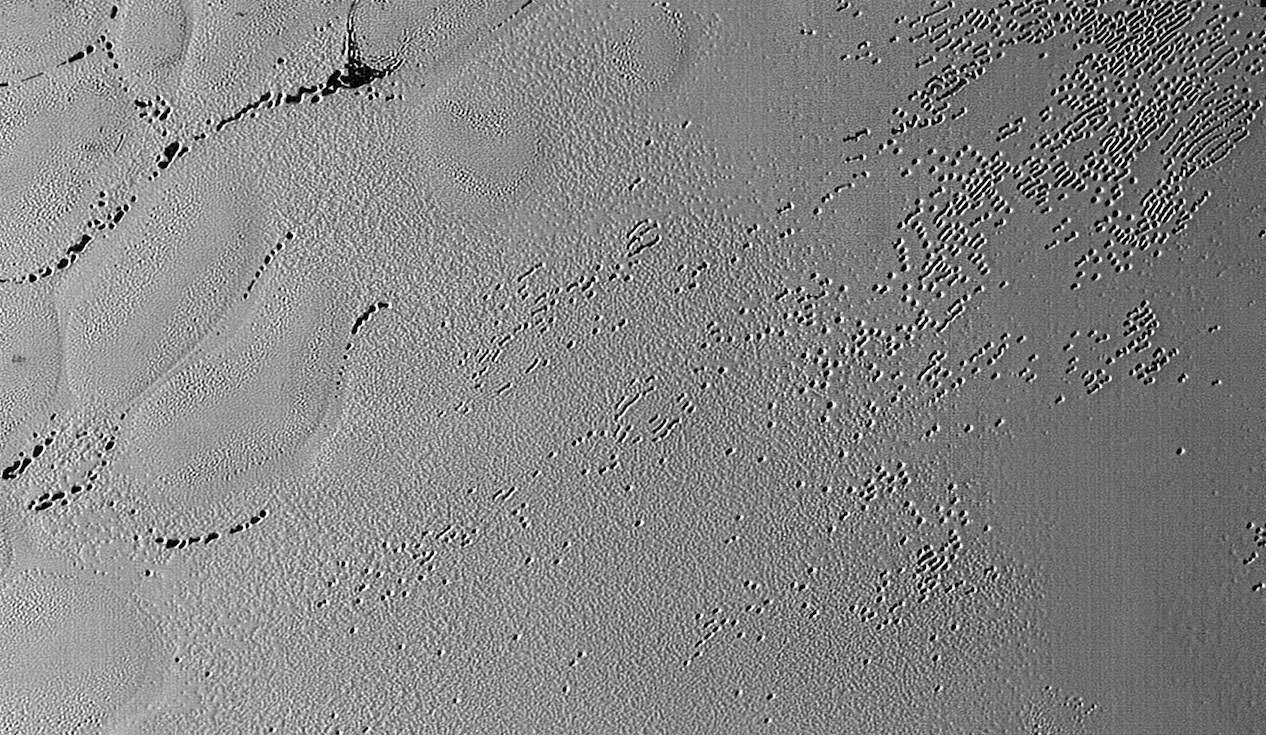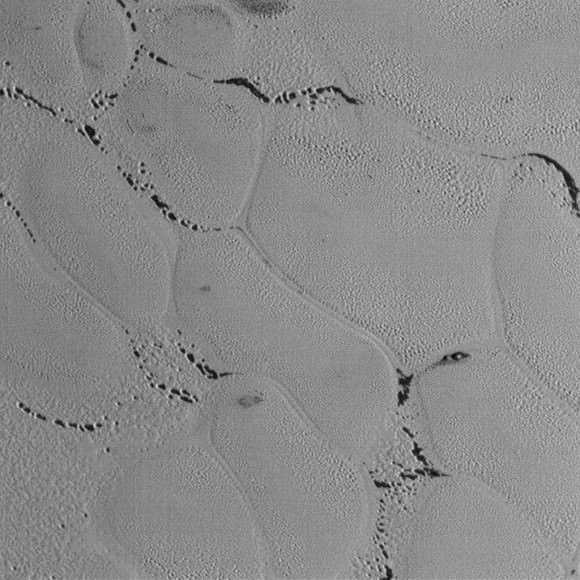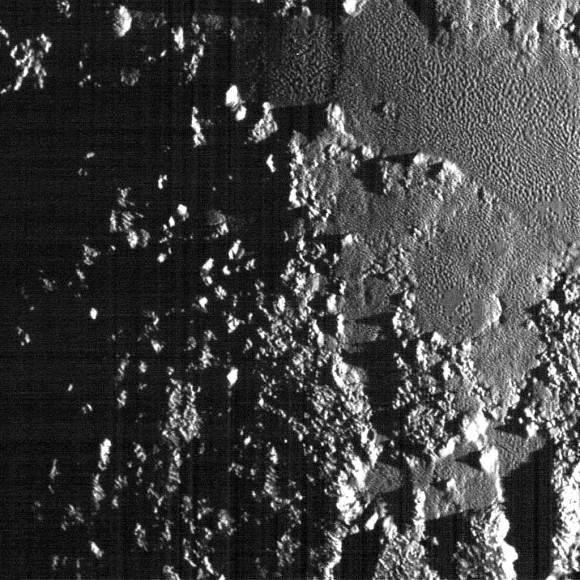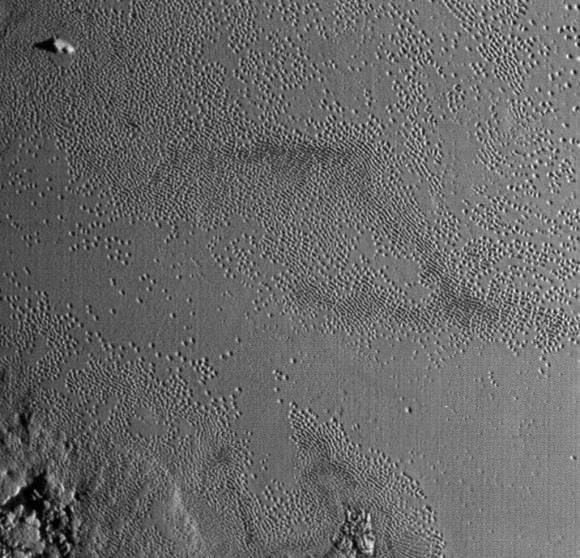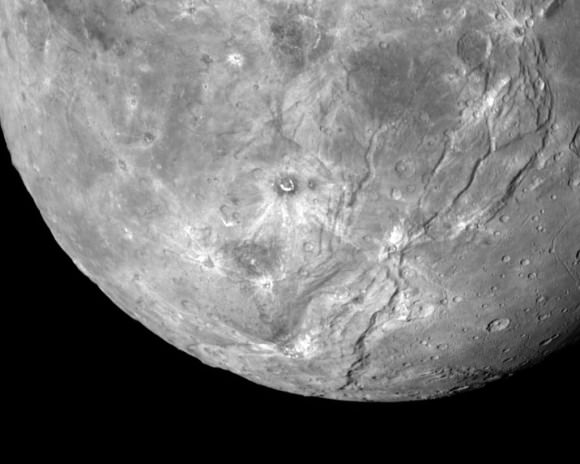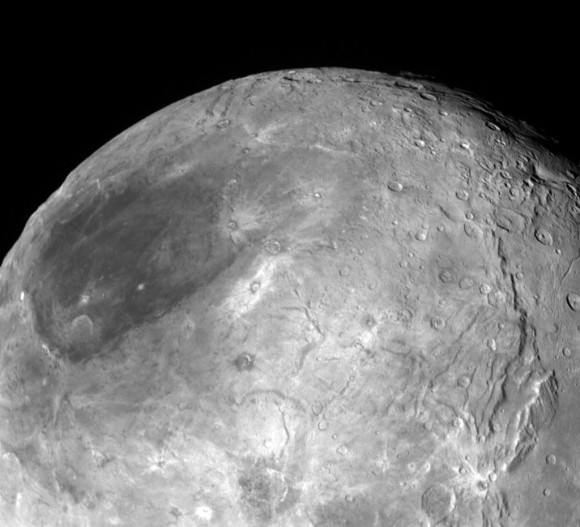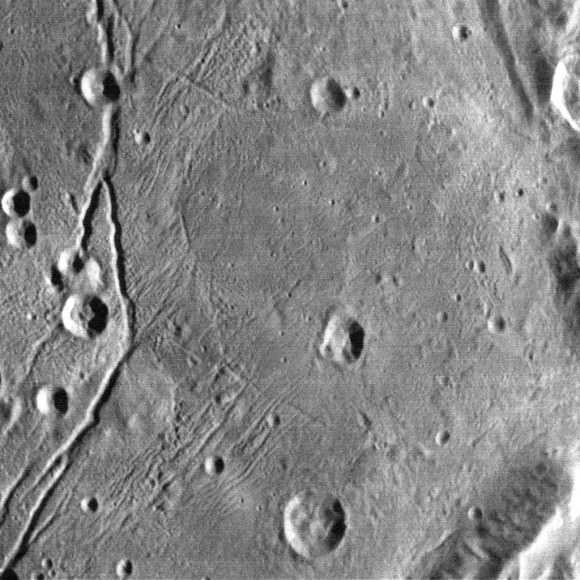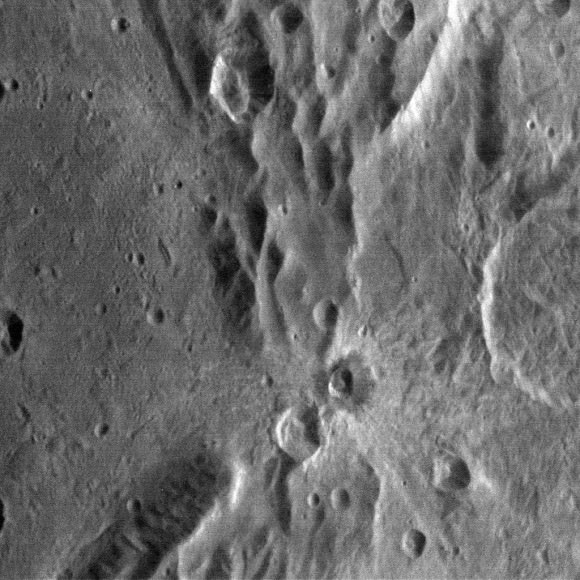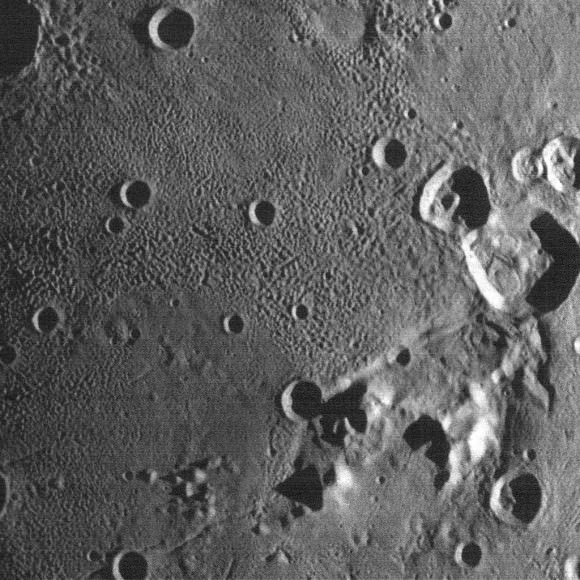The evidence keeps growing for a large subsurface ocean at Pluto, which also provides clues how the iconic ‘heart’ of Pluto was formed.
We reported in early October that thermal models of Pluto’s interior and tectonic evidence suggest an ocean may exist beneath Pluto’s heart-shaped Sputnik Planitia. Now, new research on data from the New Horizons mission shows more indications of an ocean just below Pluto’s surface that consists of a slushy, viscous liquid, kept warm from Pluto’s interior and a hint of anti-freeze.
“As far as we can tell, there’s no tidal heating helping to keep the ocean liquid,” Francis Nimmo from UC Santa Cruz told Universe Today. He is the first author of a paper on the new findings published today in Nature. “The main heat source keeping the ocean liquid is radioactive decay in Pluto’s rocky interior, although it certainly helps if there is an ‘antifreeze’ present.”

Nimmo said he suspects the ocean is mostly water with ammonia acting as an antifreeze. This subsurface ocean is also bulging, similar to the ‘mascons’ on the Moon, putting stress on Pluto’s icy outer shell, causing fractures consistent with features seen in the New Horizons images.
Another paper also published in Nature today from James Keane at the University of Arizona, also shows how a bulging subsurface ocean made Pluto’s heart ‘heavy,’ reorienting Pluto on its axis, so that Pluto’s heart is always pointing away from the moon Charon.

Sputnik Planitia forms one side of the prominent heart-shaped feature seen in some of the first close-up images from New Horizons July 2015 flyby. It was likely created by the impact of a giant meteorite, which would have blasted away a huge amount of Pluto’s icy crust.
But a deep basin is just a “big, elliptical hole in the ground,” Nimmo said, that would not provide the extra mass needed to cause that kind of reorientation. “So, the extra weight must be hiding somewhere beneath the surface. And an ocean is a natural way to get that.”

But Pluto is cold, with temperatures ranging from -387 to -369 Fahrenheit (-233 to -223 Celsius). How could there be an ocean?
“Pluto is small enough that it’s just about almost cooled off but still has a little heat, and it’s about 2 percent the heat budget of the Earth, in terms of how much energy is coming out,” said co-author Richard Binzel, from MIT. “So we calculated Pluto’s size with its interior heat flow, and found that underneath Sputnik Planitia, at those temperatures and pressures, you could have a zone of water-ice that could be at least viscous. It’s not a liquid, flowing ocean, but maybe slushy. And we found this explanation was the only way to put the puzzle together that seems to make any sense.”
The massive basin also appears extremely bright relative to the rest of the planet, and the data from New Horizons suggest it is filled with frozen nitrogen ice.
Previous research from the the mission showed evidence that the liquid nitrogen may be constantly refreshing, or convecting, as a result of a weak spot at the bottom of the basin, and this weak spot may let heat rise through Pluto’s interior to continuously refresh the ice.
Additionally, the extra weight of an underground ocean could help explain the longstanding question of why Pluto’s heart aligns almost exactly opposite from Charon. Nimmo said this alignment is “suspicious” and that the likelihood of this being just a coincidence is only 5 percent. Therefore, the alignment suggests that extra mass in that location interacted with tidal forces between Pluto and Charon to reorient Pluto, putting Sputnik Planitia directly opposite the side facing Charon.
A thick, heavy ocean, the new data suggest, may have served as a “gravitational anomaly,” which would factor heavily in Pluto and Charon’s gravitational tug-of-war, the researchers said. Over millions of years, the planet would have spun around, aligning its subsurface ocean and the heart-shaped region above it, almost exactly opposite along the line connecting Pluto and Charon.
While scientists are still studying the data from New Horizons, it is safe to say that Pluto keeps surprising everyone, even the scientists who know it best.
“Pluto is hard to fathom on so many different levels,” said Binzel.
Further reading:
UC Santa Cruz
MIT
Nature Paper: Reorientation of Sputnik Planitia implies a subsurface ocean on Pluto
Nature Paper: Reorientation and faulting of Pluto due to volatile loading within Sputnik Planitia

